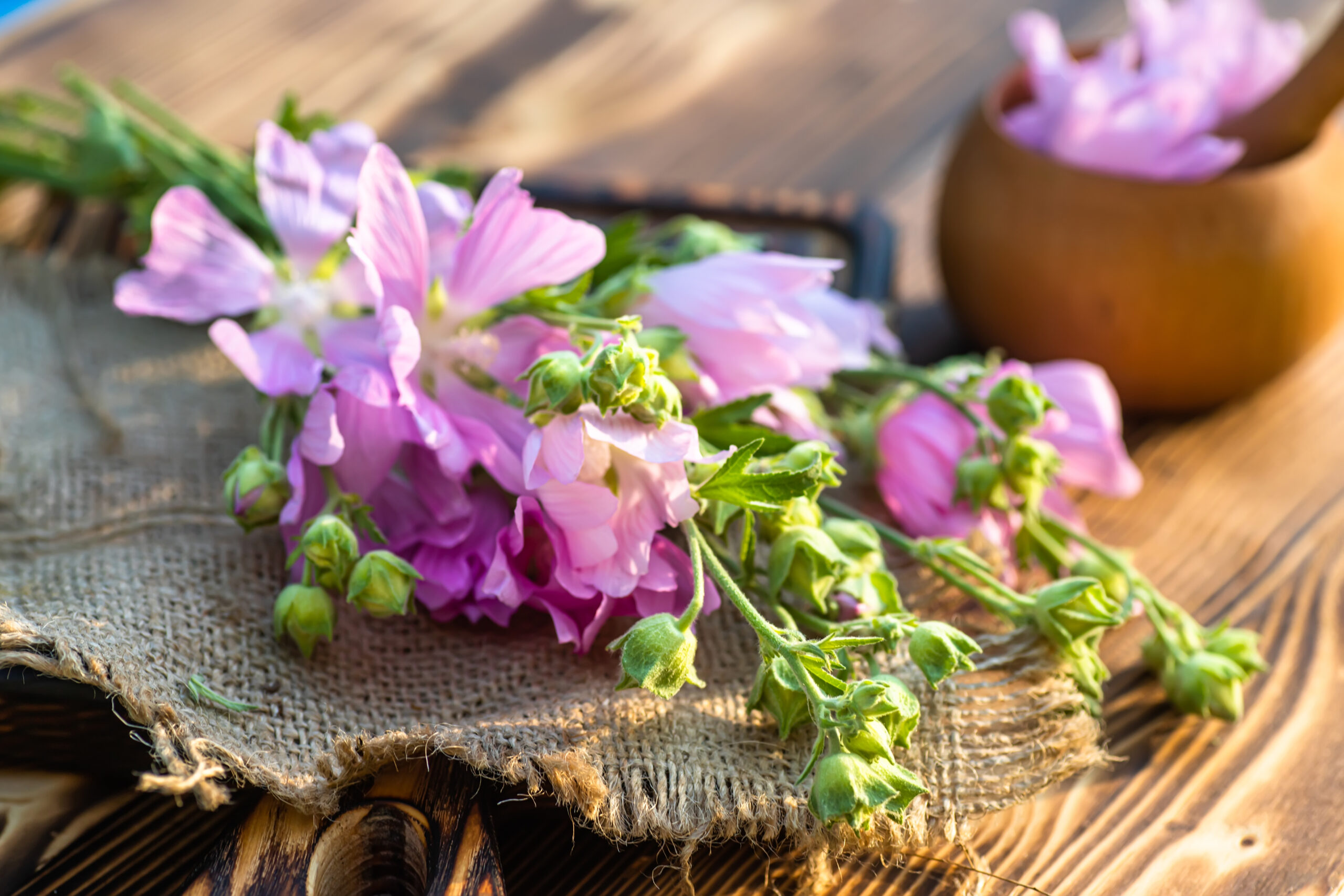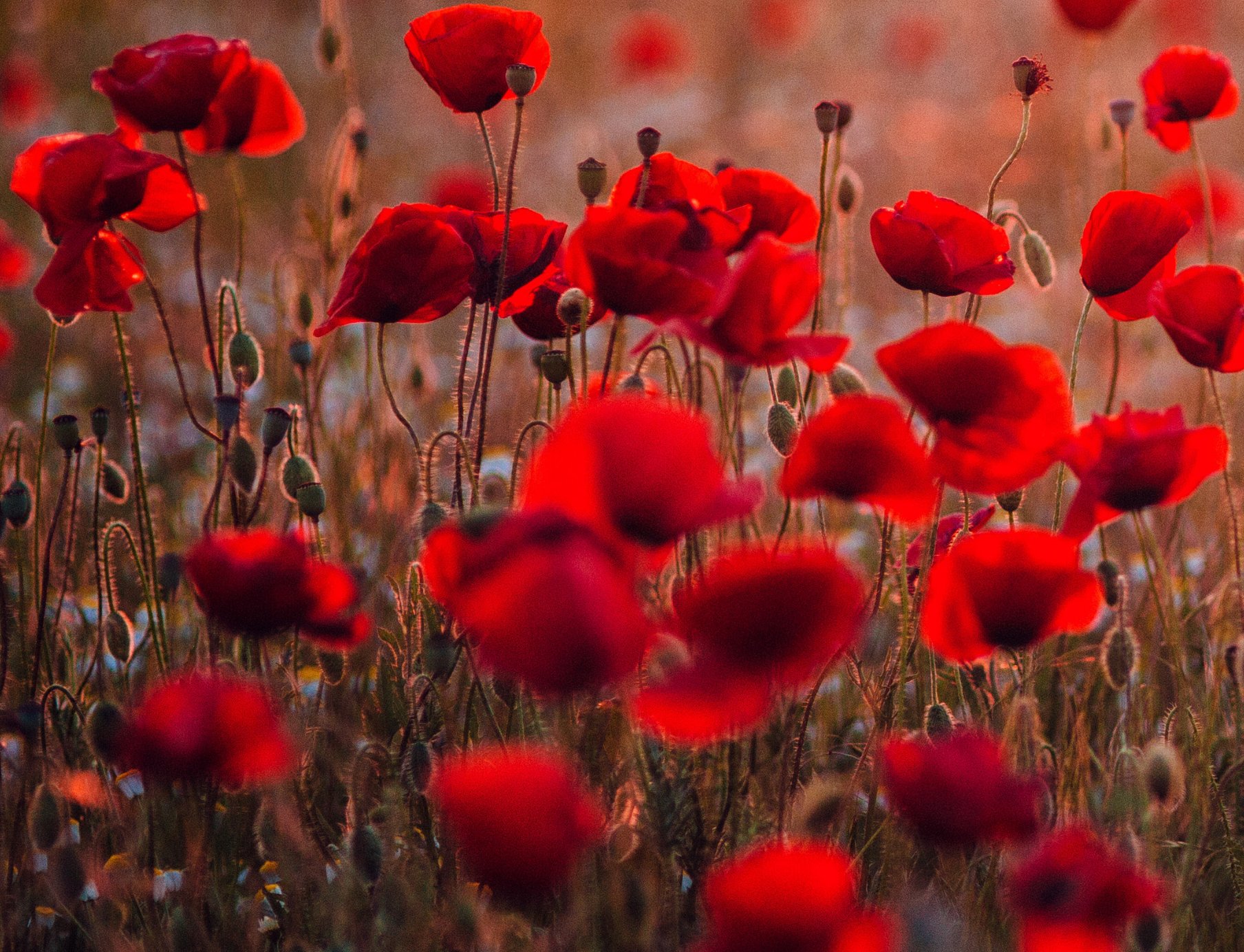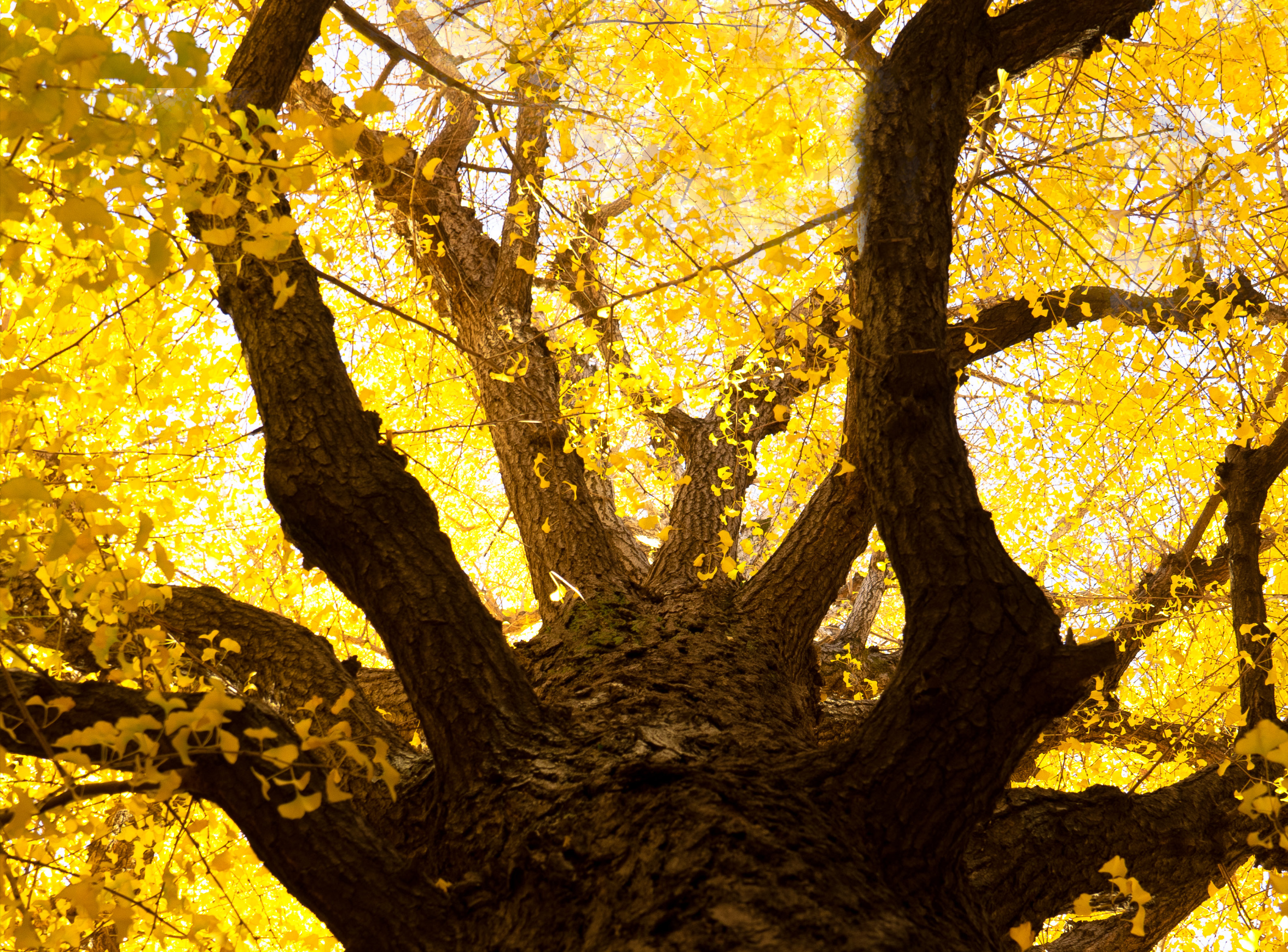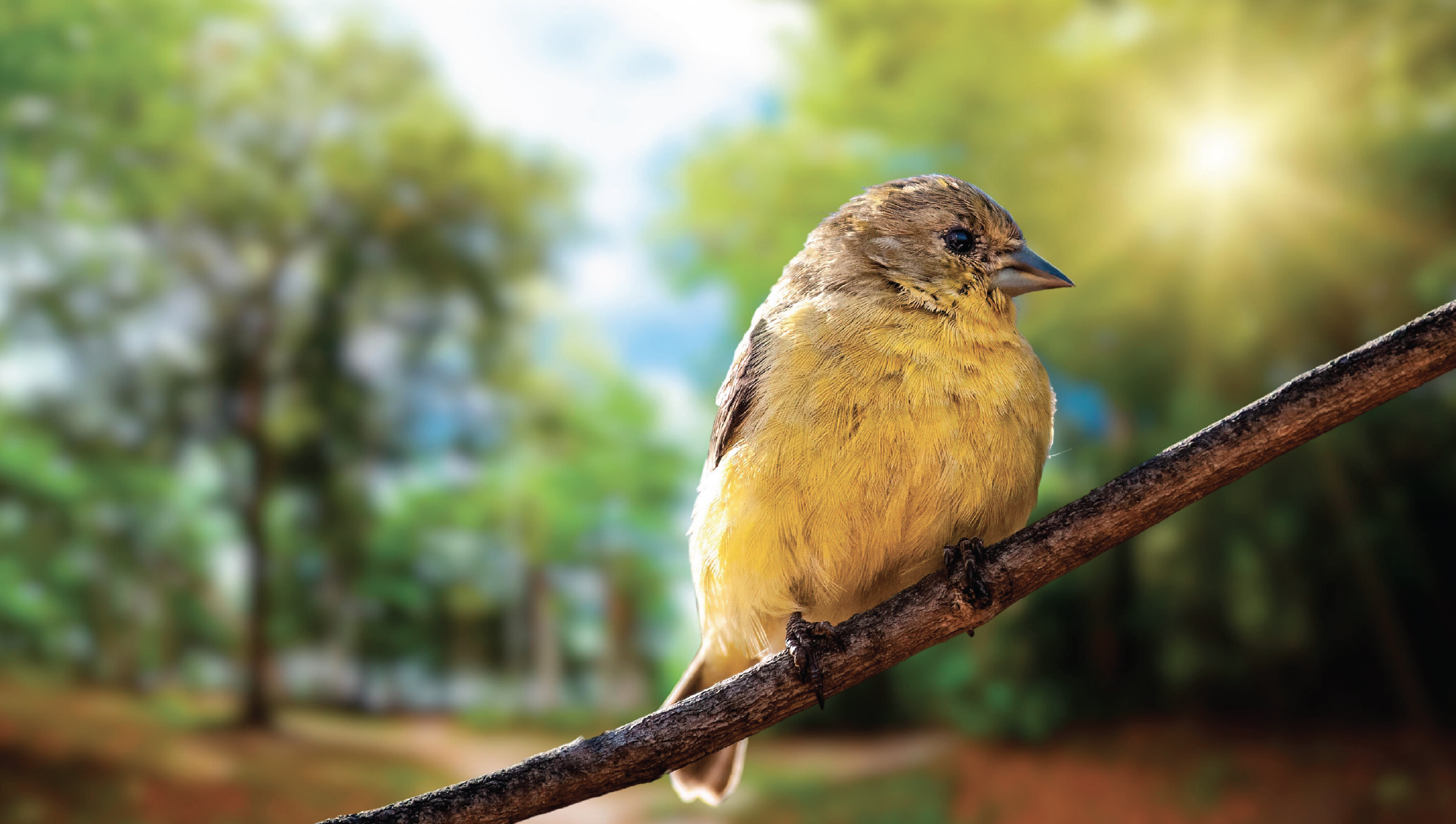If you are like me, you either buy or are given a poinsettia each year at Christmas. When I was younger, I remember them being a shorter plant. Now since the florist and green house industry has figured out how to grow, stake and protect plants during shipment they are more graceful. In Mexico they grow shrub size around 4 feet tall.
PoinsettiaPoinsettia (Euphorbia pulcherima) is a perennial native to south-central Mexico, an area where they have tropical weather year-round. The poinsettia is a flower that is associated with Christmas around the world. Joel Roberto Poinsett introduced poinsettias to the United States in 1825. Poinsett was the U.S. ambassador to Mexico and sent some of the plants to his hot-house in South Carolina. Poinsettias now represent over 85% of the potted plant sales during the holiday season.
The beautiful red, pink, or white of the poinsettia is not the flower but leaves that are modified and called bracts. During most of the year these bracts are green. When the environmental conditions are right the bracts turn colors. The actual flowers are located at the center of the “blooms” and are tiny, bud-like and usually yellow or green in color.
When we choose wisely and follow the growing conditions for the poinsettia, we can have a plant that lasts into March and April. Usually, mine don’t make it that long. I did have one that lived outside all summer, but one rainy Saturday morning in Novem-ber, my dog accidentally broke the top out fortunately putting this plant out of its misery. If you don’t own a poinsettia yet they are available everywhere in grocery stores, big box stores, home improvement and the flea markets.
The following guidelines will help you when purchasing a poinsettia.
1) Choose a plant with dark green foliage down to the soil line.
2) Look for bracts (modified leaves) that are completely colored.
3) Stay away from plants with fallen or yellowed leaves.
4) Don’t buy plants that are drooping or wilting (even if they are on the 75% off sale table).
5) Check the soil. If it is wet but the plant is wilted, this could be an indication of root rot.
6) Check the poinsettia’s maturity.
Look at the true flowers, the little buds, which are located at the top of the colored bracts. These flowers should be green or red tipped and fresh looking so the bloom will hold longer than if yellow. The last problem is getting your new plants to the car. Poinsettias do catch cold. Keep them out of chilling winds and temperatures below 50 degrees. If it’s a cold day have the plants sleeved or covered when traveling from the store to the car and again into the house. Most stores are leaving the plastic sleeve on so this makes moving them easier. Now that we’ve bought them and got them home safely, we need to unwrap and place them in a sunny window.
Make sure that they don’t touch the cold glass. Keep poinsettias away from warm or cold drafts. Ideally poinsettias require daytime temperatures of 60 to 70 degrees and nighttime temperatures around 55 degrees. High temperatures will shorten the plant’s life. Check the soil daily. Remove or punch holes if you are leaving it wrapped in the foil as this will enable water drainage. You’ve probably heard the old wives tale that poinsettias are poisonous. They’re not. When I had two or three children crawling around at Christmas poinsettia leaf salads were regular fare for the children, cat, and dog.
A child would need to eat at least 500 leaves before even a stomachache would occur. If a poinsettia stem gets broken or if you’re creating a flower arrangement you will need to quickly burn the stem ends with a match or candle to stop the milky flow and then place it in your fresh arrangement. Enjoy this wonderful holiday season.









